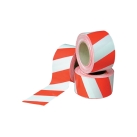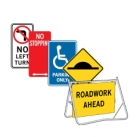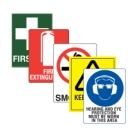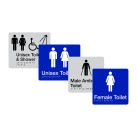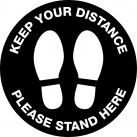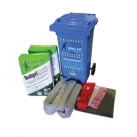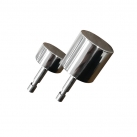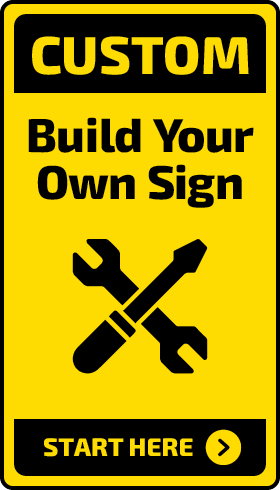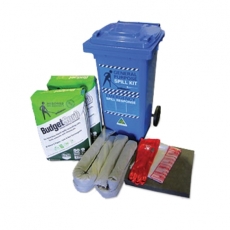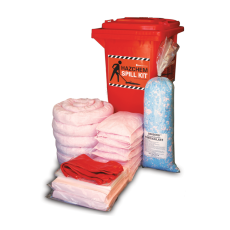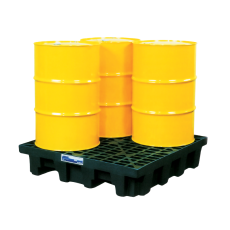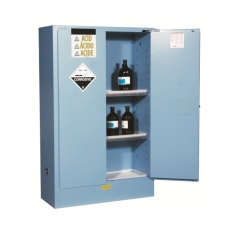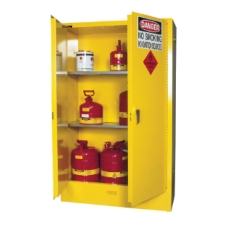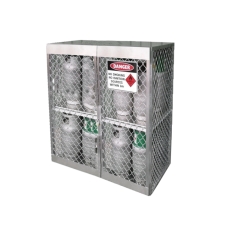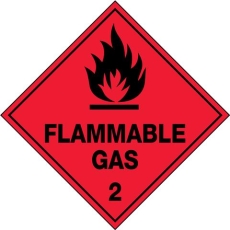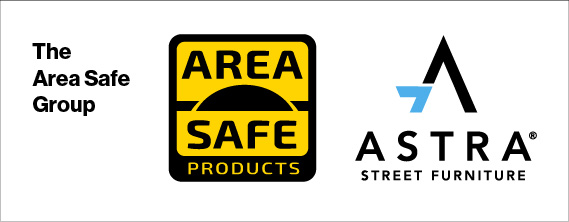Spill Control & Dangerous Goods Storage
Frequently Asked Questions
- Control the source of the spill,
- Contain the spill,
- Clean up the spill.
There are 3 main types of spill kits:
- Oil & Fuel Kits (Yellow kits with white colour coded absorbents) – these kits do not absorb water which means they can be used outdoors during rain (or dry weather) to remove contaminants from run-off. These kits absorb oils, diesel, petrol, coolants, degreasers, mild acids, paint, solvents.
- General Purpose Spill Kits (Blue kits with grey colour coded absorbents) – these universal spill kits are used to soak up coolants, degreasers, paint, blood, bodily fluids, oils and fuels as well as mild acids, bases and water-based chemicals, plus ‘AdBlue’ (urea and deionised water) and water. This kit is designed for all general applications including indoors where water from fire sprinkler discharge or roof leaks may occur.
- Hazchem Spill Kits (Red kits with pink colour coded absorbents) - for virtually all chemicals, aggressive acids and bases (alkalis), paint, solvents, oils, fuels, coolants, degreasers, herbicides and pesticides.
- Identify the volume of the largest container to be stored within the bund. E.g. 207L (44 Gallon) drum etc.
- Add 10% to this volume, e.g. 207L + 10% = 228L.
- Measure the length x width in cm of the floor area where the bund is to be located. E.g. 200cm x 300cm = 60,000cm2.
- There are 1000 cubic cm in 1 litre. So for 228L, the CC’s are 228,000. Divide this volume by the floor area (60,000cm2) to get the minimum height of the bund which in this example is 3.8cm.
- This means that for a bund 2m x 3m (200cm x 300cm) used to store a largest container of 207L, a suitable bunding product to use would be 2 rolls of Area Safe Extruded Rubber Hump Bund which is 4cm high.
It is dangerous to store different categories of chemical together and it is dangerous (and against the law) to store more than a very small quantity of chemicals without an Australian Standard approved storage cabinet. For safe storage of chemical containers, Area Safe dangerous goods cabinets should be purchased.
- Flammable Liquids (e.g. fuel) – yellow cabinets, ‘Flammable Liquid 3 + relevant Danger sign’.
- Corrosives (e.g. acid, chlorine etc) – blue cabinets, + ‘Corrosive 8’ sign.
- Pesticides – green cabinet, ‘Toxic 6 + relevant Danger Sign’.
- Flammable Gases – Aluminium or Galvanised Gas Bottle Cage (outdoors), ‘Flammable Gas 2 + relevant Danger sign’.
- Aerosols – aluminium cages, + ‘Flammable Gas 2’ sign.
- Herbicides are not classified as dangerous goods because they are water soluble.
According to Australian Standards, an Emergency eyewash, emergency shower and a spill kit must be installed in the area where hazardous substances are stored, opened, handled and prepared.
White coloured cabinets should only be used for storing waste flammable liquids (205L drum). This is because emergency services need the distinctive colour coding on the different cabinet types so they can instantly identify what chemicals are in storage.
This information is general in nature – professional advice should be sought for specific requirements.
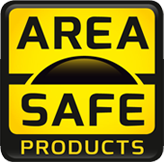
 Speed of Service
Speed of Service Easy Systems
Easy Systems Product Designs & Developers
Product Designs & Developers Car Park Protection
Car Park Protection 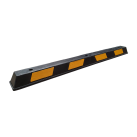
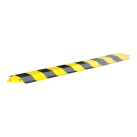


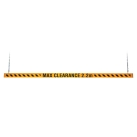
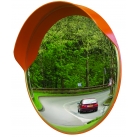
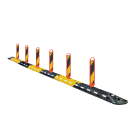
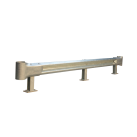
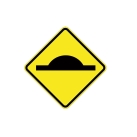
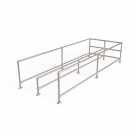
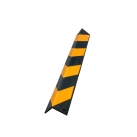
 Industrial Safety
Industrial Safety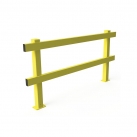
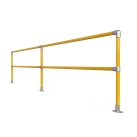


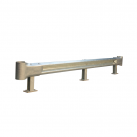
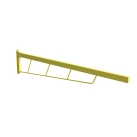
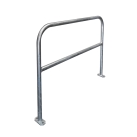
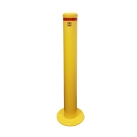
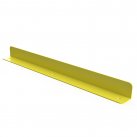

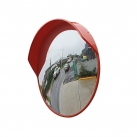
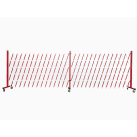
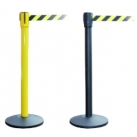
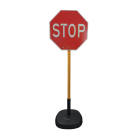
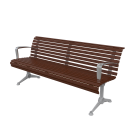 Urban Furniture
Urban Furniture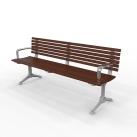
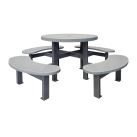
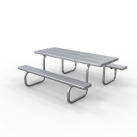

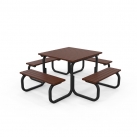
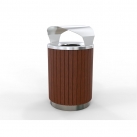
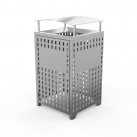

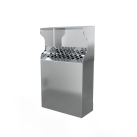
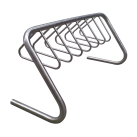
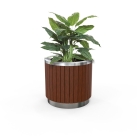
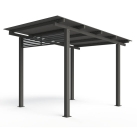
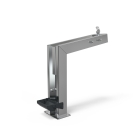
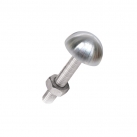
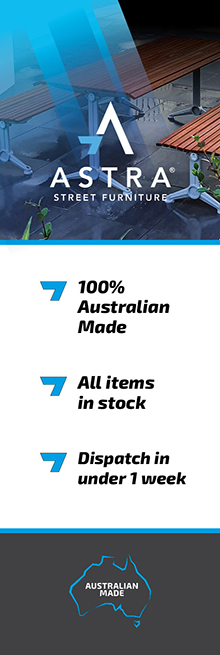
 Pedestrian Barriers
Pedestrian Barriers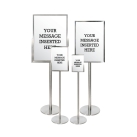
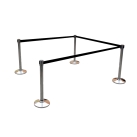

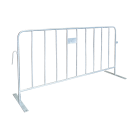

 Matting, Ramps & Tactiles
Matting, Ramps & Tactiles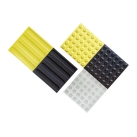
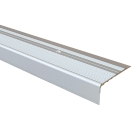
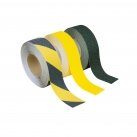
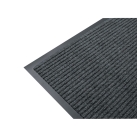
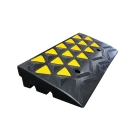
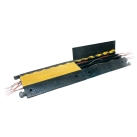
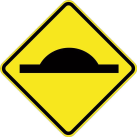 Signage & Safety
Signage & Safety 